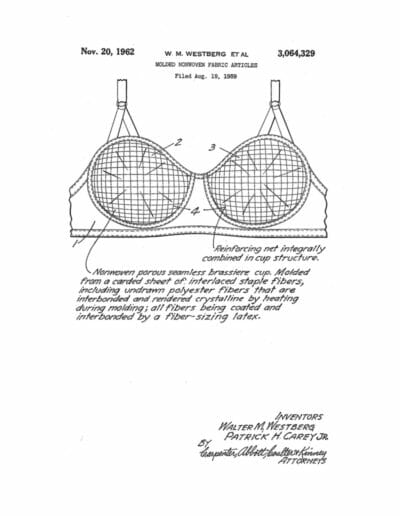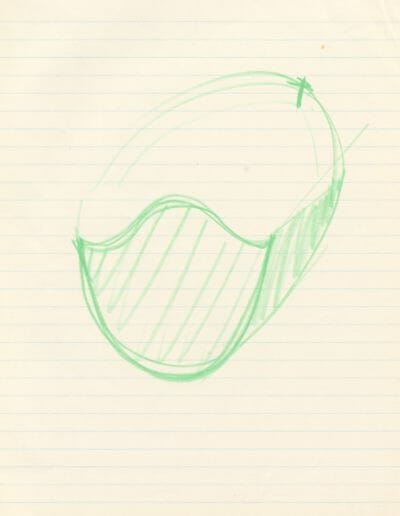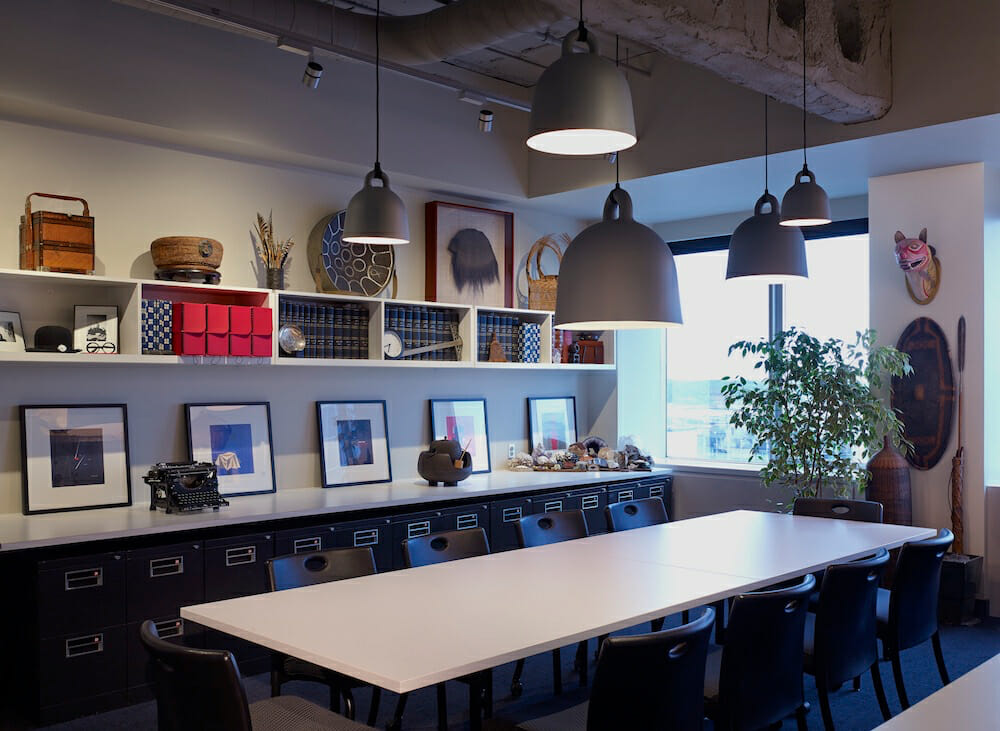Ask Why
Sara Little Turnbull
“To design is to create order and to function according to a plan.” – Sara Little Turnbull
Copyrighted images courtesy of the Sara Little Turnbull Center for Design Institute ©2020
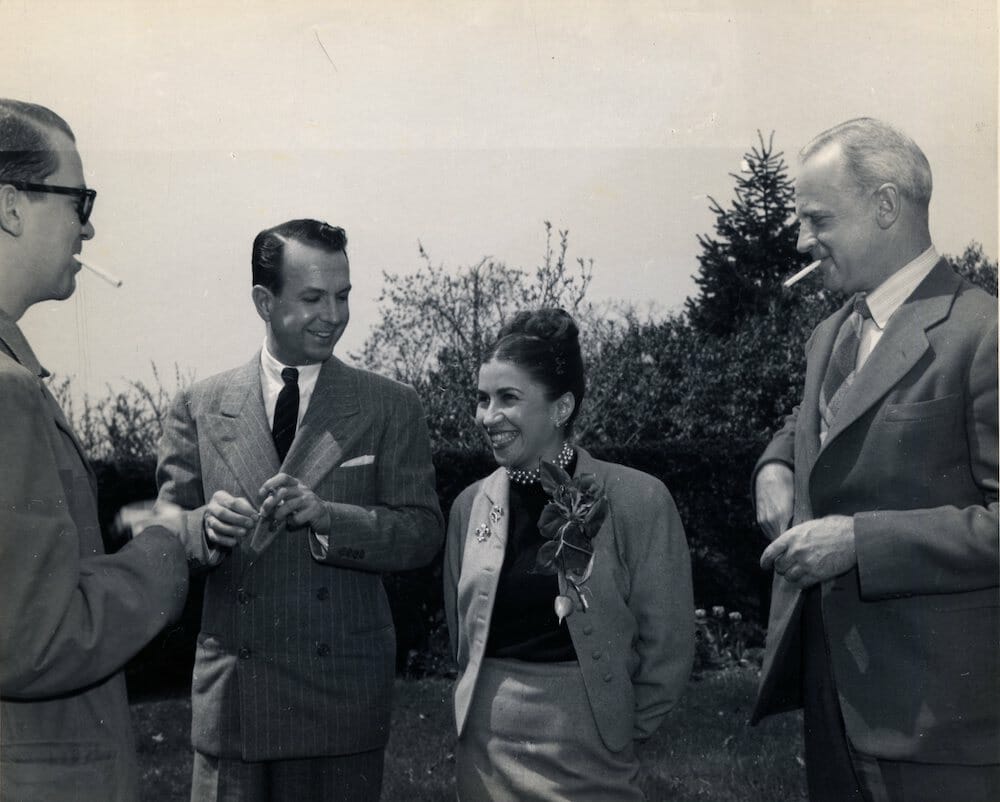
Sara Little Turnbull, center, stands with advertising agency “Mad Men.”
By Paula Rees and Larry Eisenbach, Board members of the Sara Little Turnbull Center for Design Institute
Over the past weeks and the weeks to come, COVID-19, or coronavirus, is a critical issue each day. As the virus spreads, so does the symbol of the medical mask, the most current version called an N95 respirator. Stories of mask shortages for medical workers, the pros and cons of DIY masks, official guidance on wearing masks, and the history of medical masks are shared daily. Many of these stories do not include the critical pre-development stages of the 3M medical mask that has evolved since 1961 to become the N95 mask in high demand today. Sara Little Turnbull, a designer featured in our We Design: People. Practice. Progress. exhibition played an instrumental role in developing today’s medical masks as we know them. Sara’s own experience of losing three of her family members in the 1950s led her to focus on creating a better medical mask. Her design influence informs improvements that are in the N95 today, such as molded non-woven material, metal nose clips, and elastic straps.
Everything in Sara Little Turnbull’s life was done by design. Born in 1917, she was the youngest in a poor immigrant family from Russia, struggling to make a new life in Brooklyn. Her wise and loving mother taught Sara to see the wonder that exists in the commonplace. Her early lessons in design were found in the food scraps that her mom negotiated from the corner grocer to feed her hungry children. The perfect shape of an egg, the translucent rings of an onion, or the contrasting colors of vegetables that were artfully arranged and noted for their beauty.
From an early age, the struggle for survival drove Sara to always ask, “Why?” This constant questioning of the status quo shaped her choices about how she lived her life. For Sara, all details mattered — where she lived (a hotel), how she dressed (from head-to-toe), what she ate (casual, finger foods), where she traveled (remote destinations), the people she associated with (a Who’s Who of cultural influencers), and the work she chose to do for the Fortune 100. She was relentless in her pursuit of better outcomes, more exceptional experiences, and in the end, a more caring world.
Sara earned her independence through hard work and a scholarship to Parsons School of Design. Her innate curiosity led to a pioneering career as one of America’s early industrial designers. Multi-dimensional in her approach, she embraced methodologies from sociology, psychology, philosophy, anthropology, and especially biomimicry — well before it was a recognized practice. Sharp observational skills, intuition, and her irrepressible sense of humor all contributed to the development of her many successful and distinctive design solutions.
Her career spanned seven decades of new discoveries as she created the products of daily living, preached the value of human-centered design processes, and advanced the role of women in the decision-making ranks of corporate America. Her list of clients was long and impressive—General Mills, 3M, Corning, Revlon, Ford, and many others—and they sent her across the globe to conduct her research on cultural preferences and indigenous design.
She was a seminal contributor to the development of many of Corning’s consumer products, from CorningWare that went from freezer to oven to table, to the first glass cooktop. She worked for clients like General Mills, developing products like the iconic Bugles snack and investigating the possibility of edible lightweight insulation for NASA space suits.
“It’s my job to produce tools for living. The designer accomplishes this as an observer, a catalyst, and above all, a survivor.”
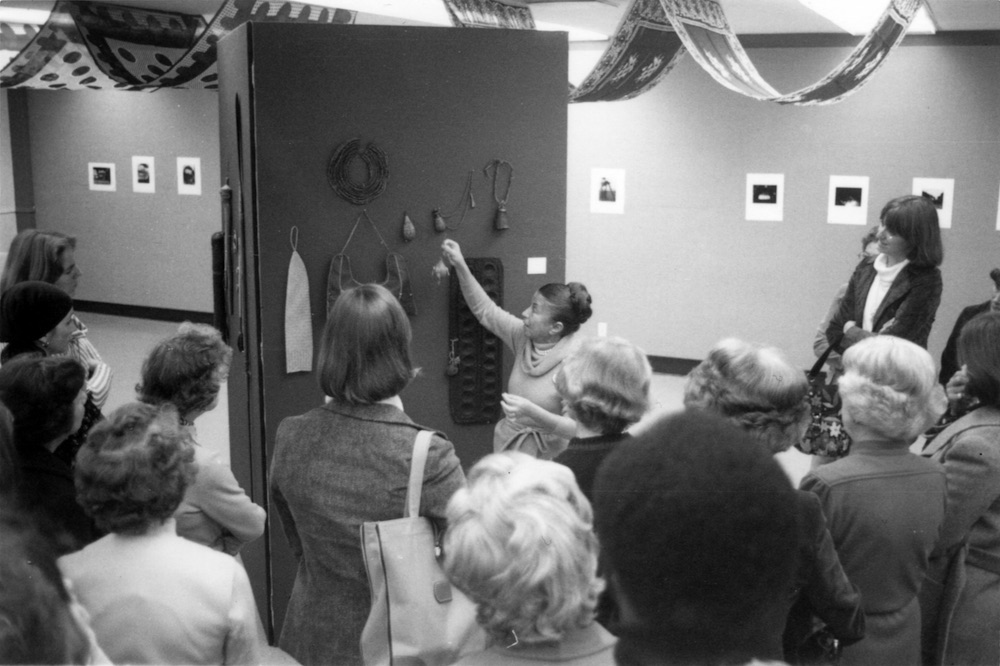
From Bra Cup to Medical Mask
After college, Sara quickly rose to become the décor editor for House Beautiful magazine. Holding that position for nearly 20 years, she helped redefine the American lifestyle in ways that continue to influence the design of our homes and the everyday objects of our lives.
In 1958, Sara left the publishing business to open Sara Little Design Consultancy. One of her first design assignments was with 3M in support of the Gift Wrap & Fabric Division, where she was exposed to 3M’s earliest work with a non-woven technology that was being used for decorative ribbons. While experimenting with a molded version of the material, called Shapeen, she developed the first pre-made bows for the gift-wrap market. As a female designer, being relegated to the ‘soft’ side of the 3M business didn’t limit her imagination in the slightest. Her mind jumped into full gear and she continued experimenting, eventually testing a non-woven shoulder pad with her dear friend Adele Simpson, who was the favorite fashion designer of several First Ladies.
Just a few months after being hired, Sara was asked by 3M senior management to give a presentation to executives from various divisions. In her presentation, which was entitled “Why?”, Sara boldly outlined the reasons why 3M should develop their Non-Woven business, demonstrating how their molded technology could be exploited into endless product opportunities. She presented over a dozen major market categories and imagined 100 original product ideas, as well as introducing key contacts to advance these new products and markets.
She told 3M, “This is not merely being in the ‘textile business.’ This material is a research and development innovation that will bring profits in new markets to 3M . . . [non-woven] makes it possible to create prefabricated components in many industries that have not yet made use of scientific ‘know-how’ to cut labor costs by innovating new production techniques. For example, prefabricated components in the mass production of ready-to-wear is the answer to the disappearance of skilled pattern makers, fitters, and tailors. This is an industry whose history is in the crafts, but whose future is in the technological advancements in product and materials . . . [non-woven] has unique characteristics to create new solutions for old unsolved problems.”
Sara’s original sketch for 3M (left) and the patent for non-woven material bra cups (right)
The 3M scientist who had invented the non-woven technologies was intrigued by her ideas and immediately hired Sara to work on a molded bra cup. In a report back to him, she mentions the possibility of disposable liners and, shortly after that, she began working on a design for a disposable, molded non-woven medical/surgical mask that was inspired by the many hours she spent in hospitals caring for her ailing family members. Given her penchant for recognizing patterns and making connections between seemingly unrelated objects, it’s not surprising that the bra cup and the medical mask are very similar in form. That was how her mind worked. And there is a corporate legend that someone experimented with the 3M bra form and discovered that “this highly porous and breathable” material could be used to filter the fat from chicken soup, an undertaking that has Sara’s sense of humor written all over it. This discovery later informed the development of a non-woven oil-filtering textile.
It was eventually discovered that the ‘medical’ mask with its innovative rubber-band ear straps that replaced the difficult-to-manage tie closures, was not able to block pathogens. But that didn’t stop the innovative design from morphing into the ubiquitous dust mask and eventually back into medical use with the N95 mask we see today. When asked about her role on the mask design, Sara said, “I did a number of things. I asked questions in the laboratory, questions colored by my own experience. I acted as a catalyst bringing together the most current technology on non-woven fabrics. I took direction, gave direction, expressed concerns.” Given the successful Non-Woven divisions that exist today, its impressive to consider the many products and billions of dollars that were made by starting with the question “Why?”
Failure As a Path to Success
In the early 1960s, Sara was sent to London to figure out why a major American brand of cake mix didn’t sell well in the United Kingdom. In her indomitable way, she researched everything from the retail-store environments to competing products, ingredients, and cooking tools. She even spent time with professional bakers. After a couple of weeks of research, she was unable to figure out why the U.S. product performed poorly.
What was she going to do? How was she going to justify her fees and expenses? Ready to acknowledge embarrassing defeat, she decided to head home and confess that she had failed.
Before leaving, she decided to treat herself to Afternoon Tea at Claridge’s, one of the finest hotels in London, where she had been staying. Sara hoped that this beloved British ritual, an aristocratic affair in an elegant room with crystal chandeliers, crisp linens, and impeccable service, would lift her spirits. She was served carefully brewed tea, poured from a silver service into delicate bone china and accompanied by a variety of finger sandwiches, fresh scones served warm, sweet pastries, and cakes.
As she was preparing to sample the baked goods, Sara was perplexed to discover that this luxury establishment had forgotten to give her a fork. But then, she noticed that the people around her were eating the cake with their fingers. She realized the ‘cake’ in England meant something different that it did in the U.S. It was drier and firm, like a dense pound cake. Thanks to this parting experience, she learned that the traditionally light and moist cake mixes from the U.S. were considered more of a ‘pudding.’
At a moment of surrender, failure led to success. In fact, a double success! Her discovery expanded the client’s product opportunities — a firmer cake mix was successfully developed for the UK, while an even moister cake mix was created for the U.S. market. And that mix has been a top seller for decades.
“Ninety percent of my career was made up of failure, but failure is not defeat for those who innovate and look for new horizons.”
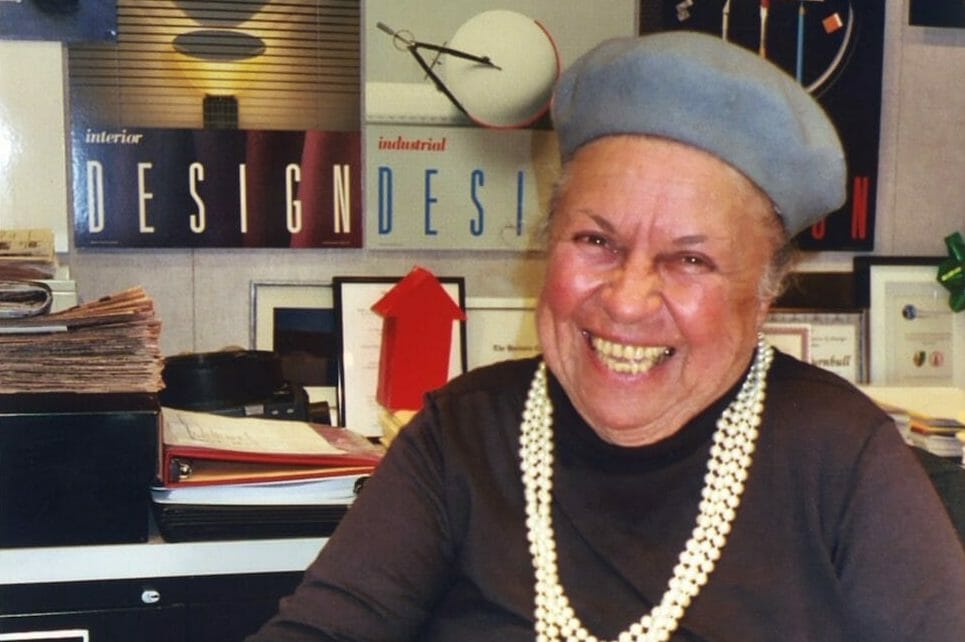
Sara works in her Process of Change Laboratory, previously located at Stanford.
Center for Design Research
Sara’s ultimate goal was to demystify “design,” which she spelled with a small ‘d.’ She insisted that design was not an esoteric process practiced by an elite few. It was her belief that those who were experienced in design should engage the end-user. This belief was what drove Sara to treat her design practice as an organized laboratory, and to invite others to use her inspirational tools as a study center called the Center for Design Research. This design resource houses over 3500 cultural objects, collected and systematically numbered from her worldwide travels, plus the Process of Change: Laboratory for Innovation and Design.
The Process of Change or “The Lab” consists of articles collected since the 1950s and organized with a custom-designed taxonomy that tracks international ‘change’ in 375 topic areas including education, healthcare, aging, sexuality, nutrition, housing, clothing, biomedicine, manufacturing, and much more. Sara used the Lab, last housed at Stanford’s Graduate School of Business, as a tool for teaching students and future business leaders about the importance of design in every aspect of human life.
On Sara’s passing in 2015, an educational, non-profit called the Sara Little Turnbull Center for Design Institute was created with her tangible collections, and a charitable mission to educate the public about design. Today, the Center for Design houses Sara’s intellectual property, including the correspondence with her global clientele, her presentations, and a portfolio of research, prototypes, and samples. It’s remarkable, but not surprising, that Sara designed her work according to a plan. All of her client presentations were built to the same size and format and systematically numbered throughout the four decades of her consultancy. The Institute has been transcribing her speeches, articles, interviews and AV recordings, and has scanned thousands of images from around the world. The Center for Design is now located in Seattle, Washington and is open by appointment to the general public, design students, and professionals from all disciplines. It is a valuable resource for future generations to use for inspiration and has been receiving guests from around the world from its new location.
“I want to make something better. I want to improve the experience. I’m not interested in the object itself; I’m interested in the behavior, and why you want and need things.”
The Sara Little Turnbull Center for Design Institute
In 1971, Sara established the Sara Little Center for Design Research at the Tacoma Art Museum in Washington State to archive and display her collection of over 3,500 artifacts gathered during her travels.
The collection includes body coverings and accessories, food preparation and dining implements, textiles, fine and folk art, much of which had influenced her concepts for domestic product design. The collection has been re-established in Seattle, WA for the Institute to use in its purpose to educate and enhance the public’s knowledge in the area of design.
As we face an increasingly designed environment, the institution has evolved to help us understand the role of design in our lives – the Center for Design. It has become a focal point for scholarly research into design. Public understanding of the field of design has been embraced through the preservation of this distinctive design collection. The Center itself is a place of human and intimate scale. A primitive American weathervane lays only a few steps from an ornate cosmetic tray from India. Collectively the objects illustrate that within diversity there is unity, that for something to be well designed it must meet basic human needs.
Design is for people – to fill our needs, to make our lives easier and more graceful, to sharpen our awareness and perhaps delight us in the process, to recognize that ancient urge to blend the useful and the beautiful, and to take the time to see. This is the purpose of the Center for Design – a place and time to see.
Can you find some of Sara’s work in your home?
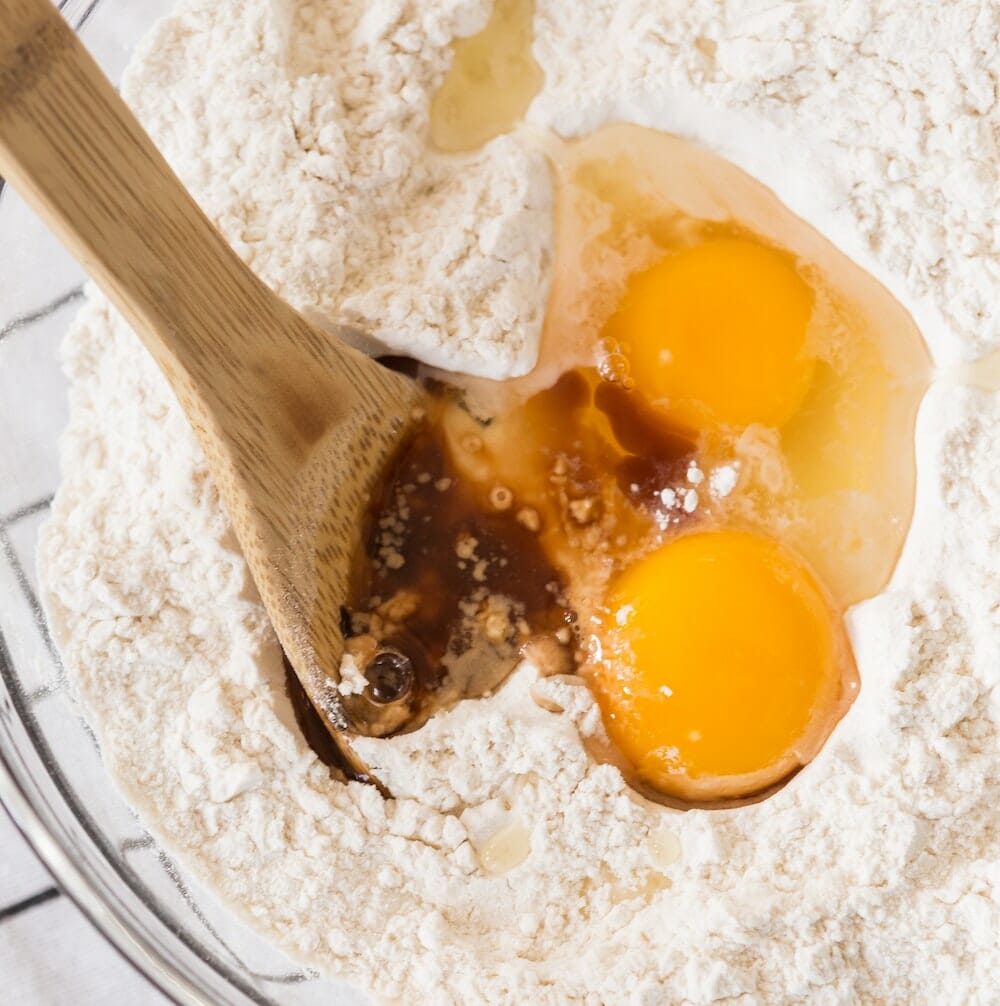
Cake mix
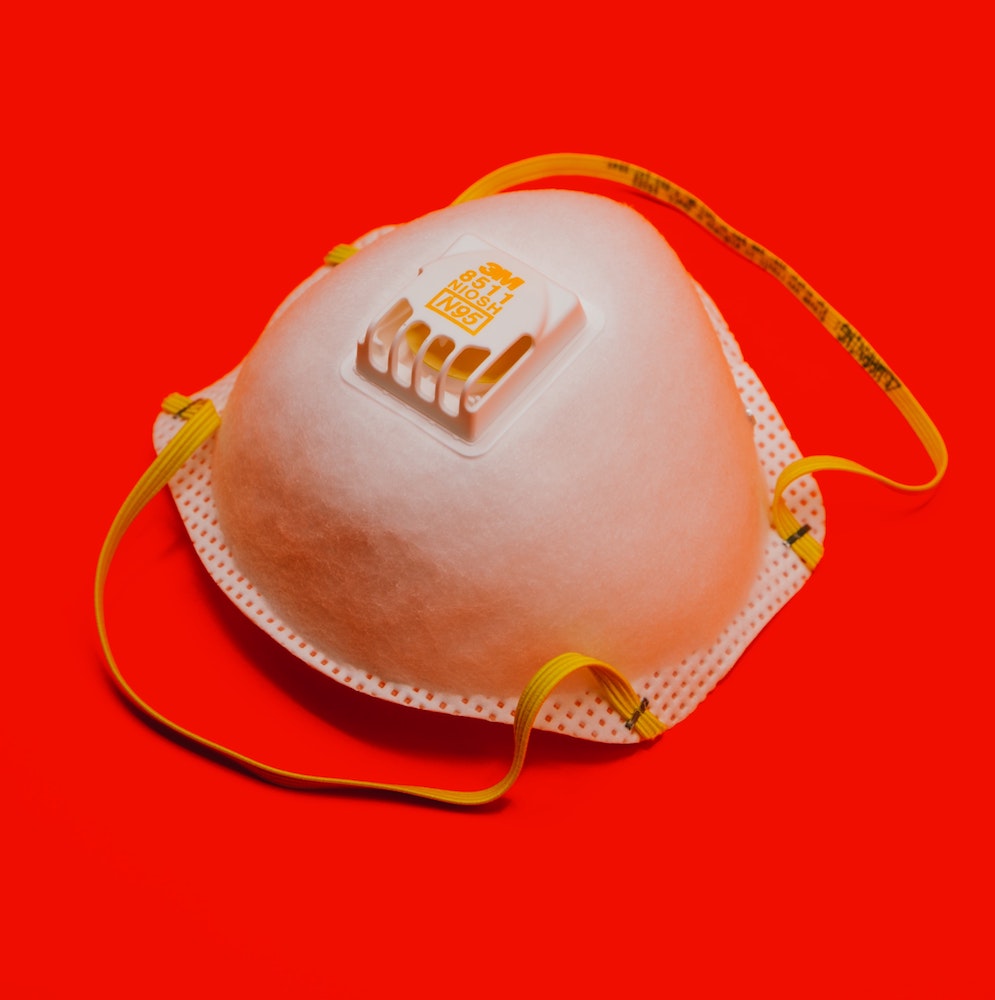
Medical or dust masks
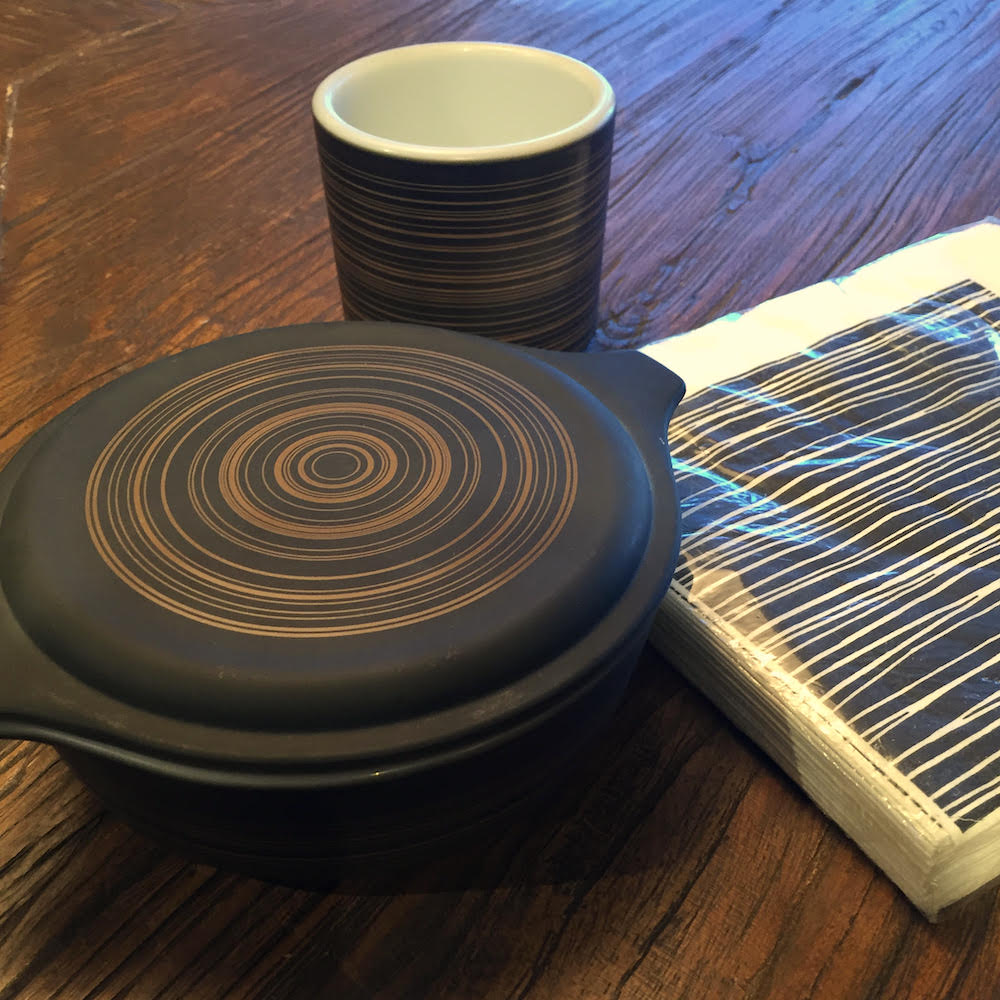
Freezer-to-oven cookware

